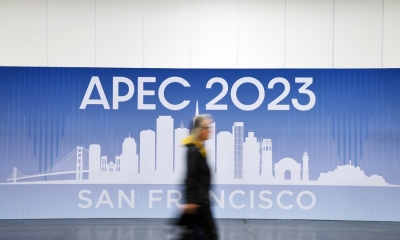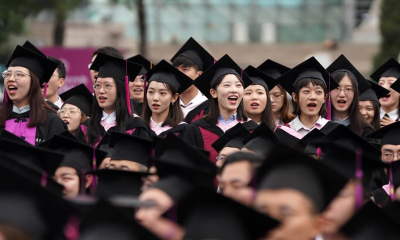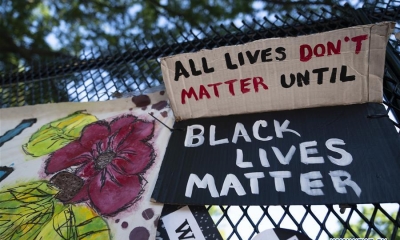Common Prosperity vs Uncommon Misery
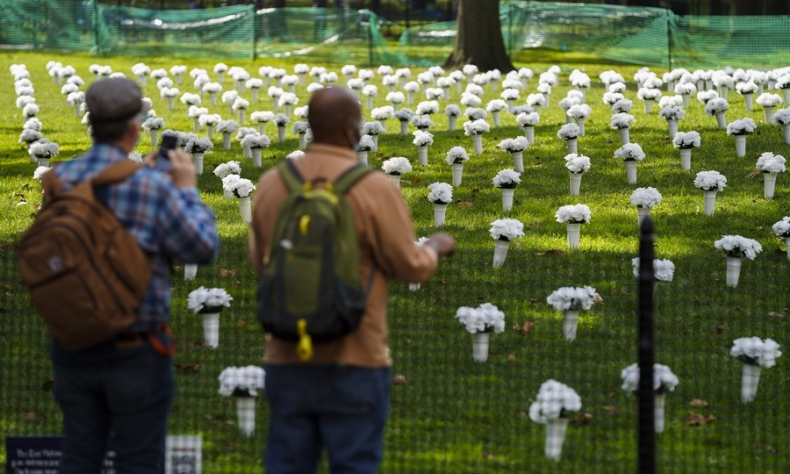
One system is successfully delivering the goods to its vast population, while the other is in a downward zero-sum spiral.
Just as it seems the news out of the United States couldn’t possibly get any worse, along comes another study that shows the dysfunctional United States going from bad to worse. To add insult to injury and death, several troubling current trends can be traced to the same source, a disintegrating, divided multi-level 18th century system of two-party government seemingly incapable of addressing society’s most fundamental challenges: the basic human rights of health, wealth and safety.
Our most obvious recent shared challenge is Covid-19. Both China and the US continue to grapple with this wily foe. Despite the latest news out of China, the country is addressing the problem. But the US does not work so hard, beginning with Donald Trump’s denial of its seriousness, and Joe Biden’s inability to mobilize the fight against it at all levels. Statistics show the story.
Globally there have been approximately 510 million coronavirus cases and 6.25 million deaths, according to worldometers.info. The US is closing in on 83 million cases and has recorded more than a million deaths. Trump’s “America first” pledge, although falling far short in other measures, has been achieved like in no other nation in dealing with the sudden epidemic; the US is first and far ahead of any country in both cases and deaths. By comparison, China, with more than four times the US population, has slightly more than 200,000 cases and less than 5,000 deaths, putting it 109th in the number of global cases, sandwiched between Kyrgyzstan and Laos in cases, and 88th in the number of deaths.
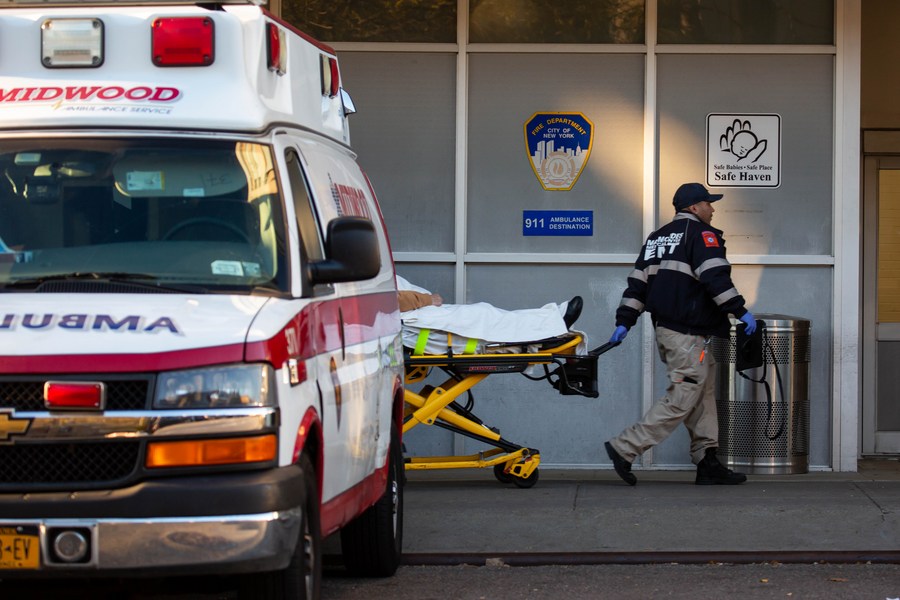
The two-year old Covid-19 debacle is not the only epidemic from which the US is suffering, however. Gun violence is another, but unlike the virus, it has a much older lineage and is deeply rooted in American history, culture and politics. Compared to Covid-19, it will be much more difficult, if not impossible, to eradicate.
Even a half-century ago, during the so-called “Great Society” era, President Lyndon Johnson said that “firearms are a primary instrument of death in American crime” and that it was “primarily the result of our culture’s casual attitude towards firearms and its heritage of the armed, self-reliant citizen”. At that time US population was 150 million and there were 90 million guns in civilian hands, less than one gun for every adult. Today there are roughly 390 million guns and the number is accelerating in a population of 330 million. The US ratio of 120.5 firearms per 100,000 residents far exceeds that of other country around the world.
Moreover, US gun ownership, especially among first time gun buyers is spiking. A recent study found that 7.5 million adults, about 3 percent of adult US population became first new gun owners between January 2019 and April 2021. A separate 2021 study, linked an increase in gun ownership during Covid-19 to higher rates of gun injuries among – and inflicted by – children.
Putting the two data sets together, it should come as no surprise that last week an analysis of US Centers for Disease Control and Prevention (CDC) data found that gun-related injuries became the leading cause of death among children and adolescents in 2020.
Sadly, because gun violence disproportionally affects them, people of color are buying guns at higher rates than ever based on the tragic ongoing gun-related carnage in the US during the pandemic. These include the murder of George Floyd by a policeman in Minneapolis in May, 2020 and the murder of six Korean spa workers in Atlanta in March, 2021.
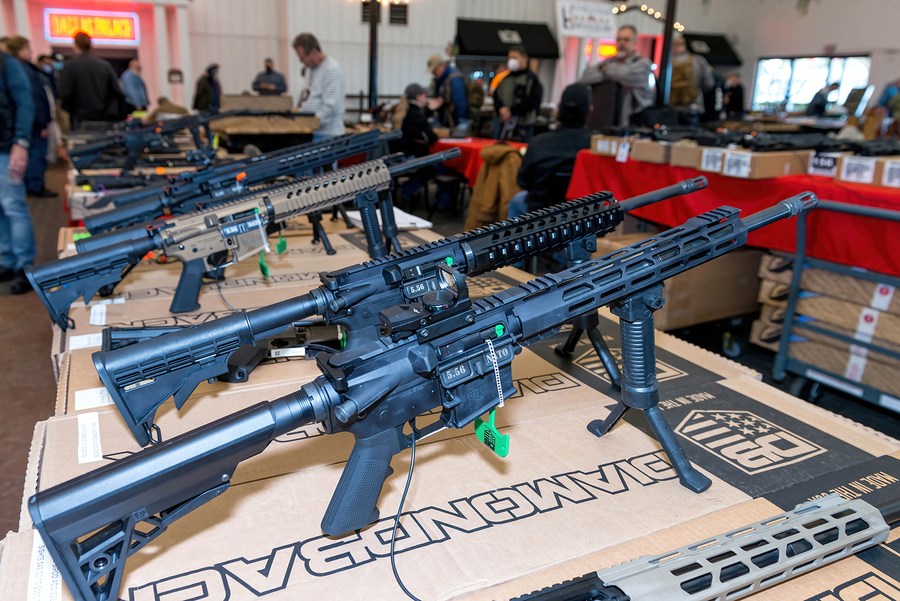
According to the firearms-industry trade group National Shooting Sports Foundation, between 2019 and 2020 there was a 43 percent increase in Asian-Americans buying guns, a 49 percent increase in Hispanics buying guns, and a 58 percent increase in African-Americans buying guns. Killing minorities in America is sadly a too common occurrence and indeed can be said to be a “shooting sport” in the US.
What is ironic however is that the anti-government, libertarian gun lobby, with whom Trump and the January 6, 2020 insurrectionists are philosophically and politically aligned, for two decades prevented the CDC from conducting this or any sort of research on gun violence. What kind of democracy is it exactly that buries such inconvenient truths when so many people are being senselessly killed?
Many of these folks are the same people who support carrying of guns and other firearms in public, even for people with no training, and often with no background checks. Many are allied with those who tried to violently overthrow the US government on January 6, 2020, to give Trump the victory he couldn’t earn at the ballot box. They’re the same white supremacy crowd aggressively attempting to deny the vote to minorities and people of color. They’re the same people trying to shift the tax burden from the ultra-rich 1 percent by putting it on the backs of the other 99 percent.
What a sharp contrast with China, which I first visited in 1988 and where I lived for much of this century. I rarely saw any guns, and when I did it was generally in a war flick on TV. Unlike in the US, where we had to watch our back every second, in China, there’s a feeling of complete safety, even more so than here in Vienna, Austria.
Just as American Democrats and Republicans live in alternate universes, China and the US do the same. But whereas in China under the banner of common prosperity, 750 million people have been lifted out of extreme poverty, US wages have stagnated, except for the ultra- wealthy who control the levers of power. One system is successfully delivering the goods to its vast population, while the other is in a downward zero-sum spiral.
The article reflects the author’s opinions, and not necessarily the views of China Focus.
 Facebook
Facebook
 Twitter
Twitter
 Linkedin
Linkedin
 Google +
Google +




